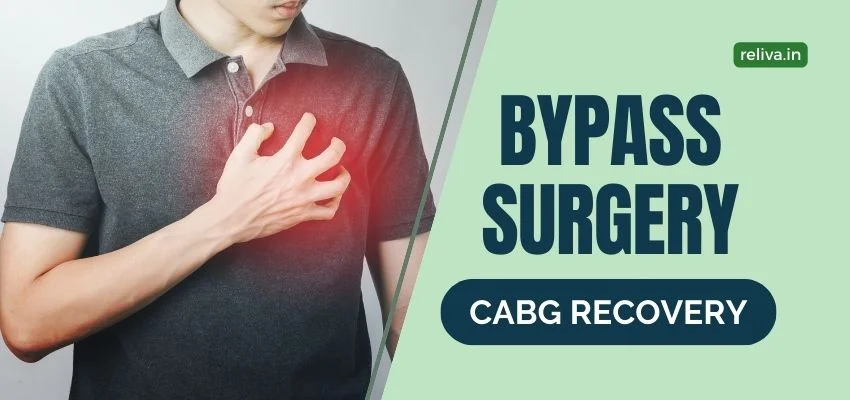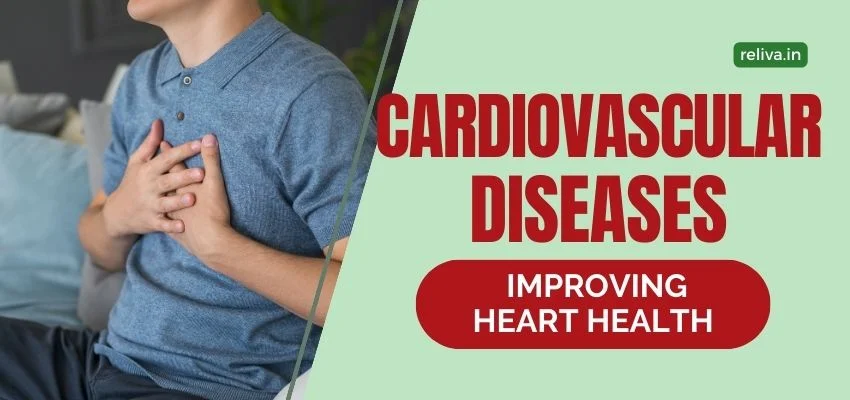CABG (pronounced “cabbage“) may be a familiar term if you or any of your close ones have suffered from a heart attack. Chances of this are quite high, specially if you belong to Indian population.
Studies of Indian immigrants and cross sectional studies in India, have demonstrated that coronary artery disease (CAD) is rampant in Indians and that its prevalence is several folds higher than in industrialized nations. The Global Burden of Diseases (GBD) study reported the estimated mortality from CAD in India at 1.6 million in the year 2000. Extrapolation of this estimate shows the current burden of CAD in India to be more than 32 million patients.
Let’s take a closer look on what is CABG & how to deal with it.
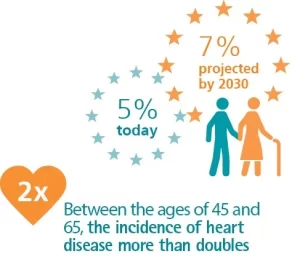
What is CABG?
CABG stands for Coronary Artery Bypass Grafting. It is same as what is commonly known as Heart Bypass Surgery.
CABG is a surgical procedure done for patients who have developed blockages and have had significant narrowing in the arteries of their heart. CABG helps to establish new routes of circulation after the surgery; enabling better delivery of oxygen and nutrients to the heart muscle.
This is commonly required in patients diagnosed with Ischaemic Heart disease/ Coronary Artery disease
How long does it take to recover after a CABG surgery?
- Immediately after CABG, patient will feel weak & have a lot more apprehension in resuming basic activities & movements.
- Sutures are usually removed in 7-10 days or before the discharge. Patients may feel some pain & discomfort at the chest incision level. There may be some swelling /edema around the ankle. So patients may be advised to wear compression stockings for first few weeks.
- The healing phase post-operatively continues for 6-8 weeks. The patients may be advised not to lift heavy objects; more than 5 kgs.
- Patients may start with the routine ADL’s after 6-8 weeks gradually by initiating with non strenuous activities. A cardiac rehab program at this stage aids faster recovery.
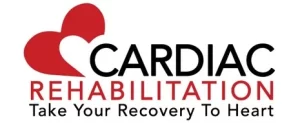
Are there any complications after CABG?
Complications are possible but unusual. There may be a possibility of following after a by-pass surgery:
- Low cardiovascular functioning initially
- Bleeding
- Pleural effusion (fluid between the layers of lungs)
- Pericardial effusion (fluid between the layers of heart)
- Wound infection at the site of incision
It is best to consult your doctor immediately if you find anything bothering you after surgery.
What are the best practices for recovery after CABG?
Here are a list of Do’s & Don’ts you could follow after CABG for an effective recovery:
- Good incision care – Do not wash or wet the incision, keep it clean & dry.
- Patient needs optimum rest.
- Avoid excessive activities that can cause fatigue or discomfort.
- Avoid lifting heavy weights (nothing more than 5kg). Progress gradually preferably under supervision during cardiac rehab.
- Don’t push or pull heavy things.
- Don’t stand in one place longer than 15 minutes.
- Be regular with medication and not cease the intake of any medicines without doctor’s consent.
- Take up a cardiac rehab program after 4-6 weeks of CABG with monitored protocols in an out-patient setting
Why do I need Cardiac Rehab after CABG?
An acute coronary episode reduces the patients cardio-respiratory capacity. Even after the the procedure, client may still have some signs of residual ischemia or necrosis which may present by a low systolic blood pressure. Cardiac rehab presents a systematic exercise program to improve cardiovascular function and plays a very important role in recovering safely after CABG.
Here is a list of positive effects of exercise training via Cardiac Rehab:
- Helps you get out of that depressing feeling, immediately after CABG
- Improves recovery of heart function
- Improves the measures of cholesterol and blood pressure
- Reduces the need for cardiac medications and cardiac events
- Improves strength and vitality
- Safely improves the capacity to exert physically and/or exercise
- Helps Improve ability to deal with stress, anxiety and depression
- Reduces glucose resistance
- Retards the progression of atherosclerosis (plaque formation in the arteries)
You may want to read a cardiac patient recovery story who underwent a cardiac rehab at ReLiva, by clicking here.
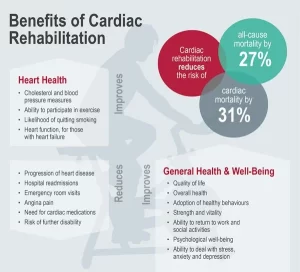
Want to start Cardiac Rehab?
What if I don’t take Cardiac rehab?
In addition to lifestyle changes you’ll need to make after your surgery, your doctor will frequently recommend a cardiac rehabilitation program. Cardiac rehabilitation — also called cardiac rehab — is a customized program of exercise and education, designed to help you recover after a heart attack, from other forms of heart disease or after surgery to treat heart disease. Cardiac rehabilitation often begins while you’re still in the hospital and continues with monitored programs in an outpatient setting until home-based maintenance programs can be safely followed.
Patients who have undergone CABG’s may experience severe soft tissue injuries and bone damage in the chest wall. If these areas do not receive mobility exercises in the early post-operative period, the musculature can become weaker causing more discomfort & a prolonged recovery period. Upper body ergometery exercises in light to moderate intensity can prevent these problems. Also a phase II cardiac rehab protocol can provide a closed monitoring & supervision in the improvement of cardiovascular parameters and detect early restonis.
Hence, its definitely important to take up a Cardiac Rehab protocol for at least 8-12 weeks after 4 weeks of CABG.
Here is what Mr Ravi Govilkar had to say, who was in two minds until he took up the Cardiac rehab program, “I had my doubts about the Cardiac Rehab Program. Those doubts have been wiped out in its entirety by the Doctor’s ever pleasing presence, guidance and control. I feel more energetic after 12 sessions and lot more confident about my heart now, Thanks to ReLiva Doctors.”
How do I maintain health after CABG?
Here are a few tips to maintain health after CABG:
- Quit smoking & alcohol.
- Exercise regularly.
- Maintain a healthy diet.
- Avoid excessive salt intake and fatty/oily food.
- Be regular with your medication.
- Keep stress level under control.
- Adhere to a regular sleep pattern.
A comprehensive approach with combination of medication, cardiac rehab, diet and few lifestyle changes can lead to a healthy happy heart.
Who is likely to get a Coronary Artery Disease?
Following are the risk factors which can accelerate the risk of coronary artery disease thereby increasing the chances of heart attack & subsequent CABG procedures.
- Smoking
- Alcohol consumption
- Hypertension (High Blood Pressure)
- Diabetes
- Increased Triglycerides (Cholesterol)
- Lack of exercise
- Stress
- Family history
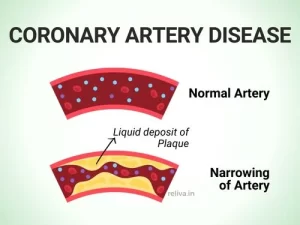
Even if you are susceptible to CVDs, it is possible to prevent these. “Reason for me to join ReLiva was increase in the cholesterol level and to restrict any further cardiac conditions” says Mr Rakhmeet Singh Kohli. He continues, “Before joining ReLiva, my body was very stiff, but after the program, it became quite flexible. I also used to feel very tired even without much workout. But their Program took me to a new level.”
How does Coronary Artery Disease develop?
Coronary Artery is the name of the artery (pipe/ vessel that carries blood to the heart muscle). This artery get hardened and narrowed due to deposition of hard plaque called as atherosclerotic plaque. The plaque may cause significant narrowing of the artery over a period of time, reducing blood supply to the heart. The heart muscles then start getting starved of blood supply (its main nutrients & oxygen) & begin to complain by giving chest pain to the patient.
This chest pain called as angina varies in intensity based on the intensity of occlusion the arteries & the number of arteries being occluded. If this artery gets completely blocked; patient can get a heart attack.
When the artery blockages are more than 90%; the patient presents with exacerbated symptoms of angina i.e chest pain. Some may experience it even while sitting or being at rest while others feel the precipitation on movement (like walking for a few meters or climbing stairs).
How is a Coronary Artery Disease diagnosed?
CAD can be diagnosed by one or more of the following tests:
- ECG
- Stress test
- Blood tests
- Cardiac Catheteriziation (coronary angiography)
- High speed CT scanning angiography (newest technique available; not at all places)
How is Coronary Artery Disease treated?
- Medications: used to compensate for the reduced blood supply to the heart. Blood thinners are used to prevent clumping of plaques & prevent blood clotting. When patients continue to show the symptoms of angina in spite of medications; angiography helps to identify the objective blockages and helps them to decide if the patient should be considered for angioplasty or CABG.
- Angioplasty: a guided wire is advanced from the groin to the blocked arteries and a narrow balloon attached to the end is then used to push open the blocked artery.
- CABG: used in patients who had a failed response to medications /previous angioplasty procedures , multiple blockages or non patent arteries. It also shows a long term survival in patients with significant narrowing of arteries.
What exactly happens during a CABG?
CABG is a major surgery; also commonly known as a Heart Bypass Surgery. An incision is made at the middle of the chest and an access is made to your heart through the breast bone (sternum). The heart is cooled by iced salt water to minimize the damage of reduced blood supply during the surgery. Temporary circulation is established by plastic tubes to ensure the cardiac activity. Bypass grafting involves use of grafts from the veins of other parts of your body which are sewed beyond the narrowing or blockage. This entire procedure can take around 4 -5 hours to complete. At the end of the surgery, a wiring is done at the site of the incision, for closure of the chest. The plastic tubes are left in place to remove the excess fluid after surgery. These are removed 1-2 days after surgery.
Patients are expected to start ambulating with first 24-48 hours after the surgery within the room; in case of no complications.
A comprehensive approach with combination of medication, cardiac rehab, diet and few lifestyle changes can lead to a healthy happy heart.
Need Details for Cardiac Rehab?
Related Reading:
CardioVascular Diseases – Improving Heart Health via Cardiac Rehab
Cardiac Rehab Program : Patient Story of Recovery & Confidence
This article has been contributed by Dr Anuradha Mandlekar (PT). Dr Anuradha has an extensive experience and specialises in Heart health with a Masters in Cardio-thoracic diseases and American Heart Association (AHA) accredited certificate in heart health.

